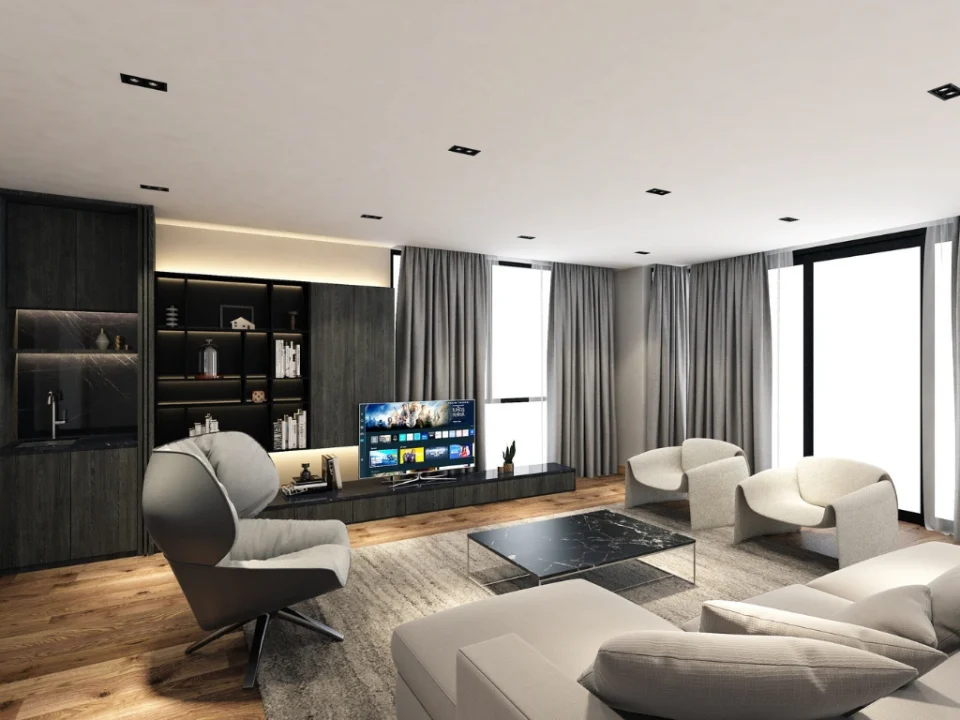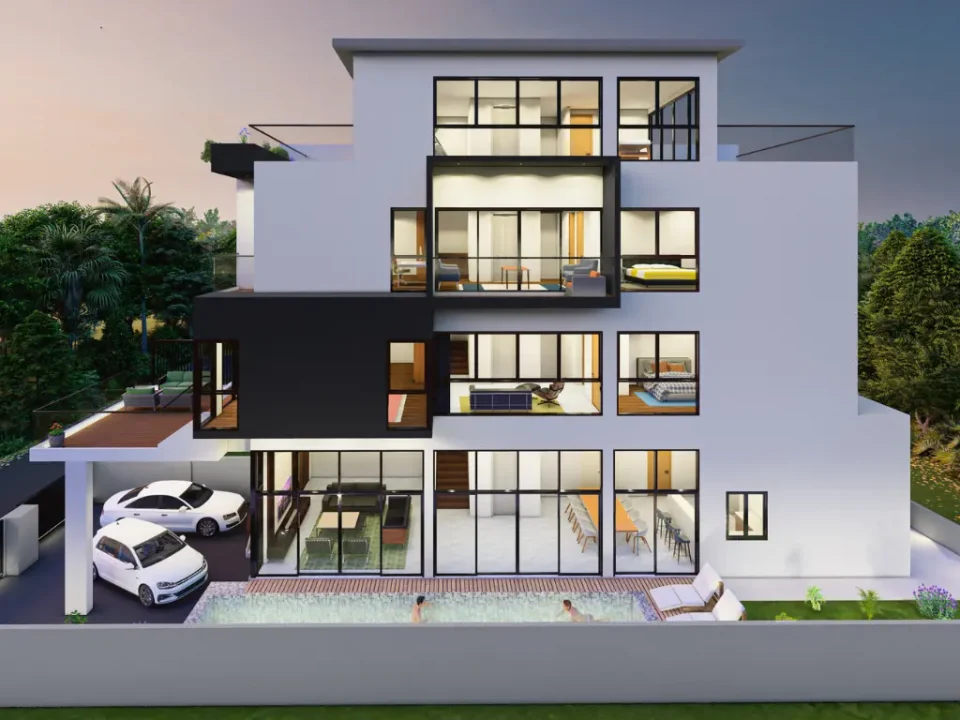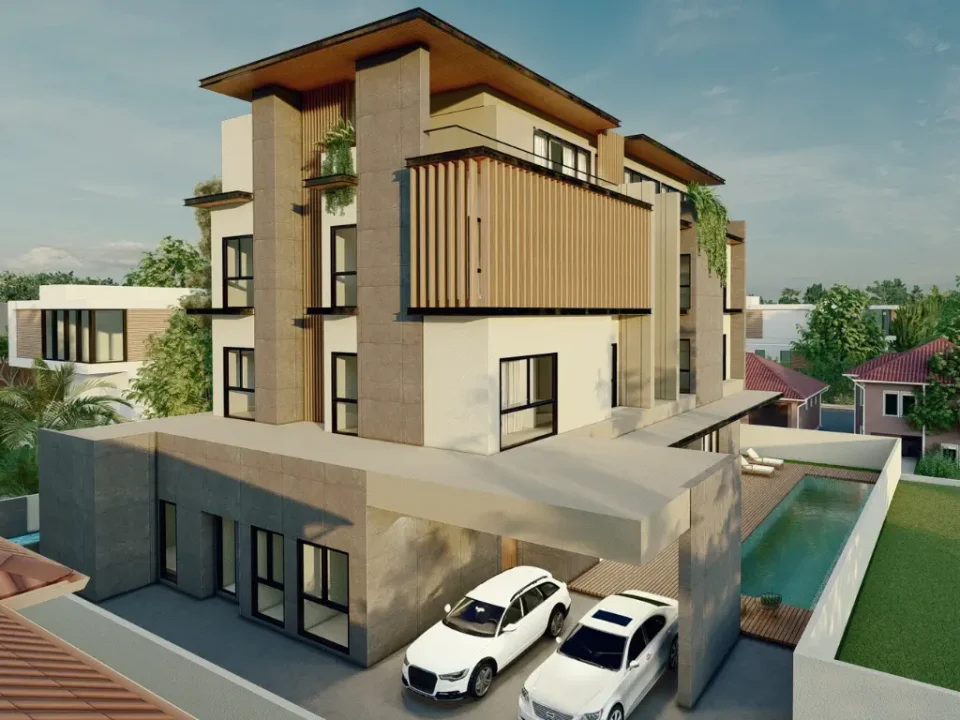
7 Tips to Spruce Up Your Landed Home Interior Design in Singapore
June 1, 2022
5 Landed House Interior Design Ideas For Your Dream Home
July 14, 2022Addition and Alteration (A&A): What It Is & Common Works
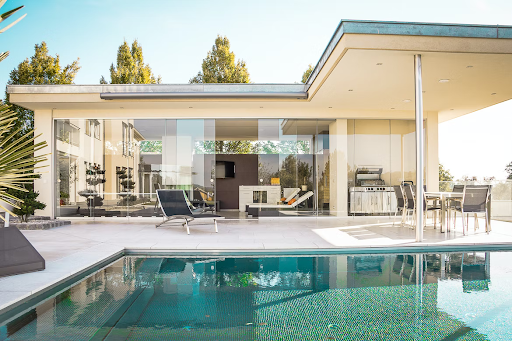
Have you ever pondered if the Building and Construction Authority (BCA or Urban Redevelopment Authority (URA) must approve improvements to your estate? These are directly connected to a building’s fire safety and detection measures and may come under Additions and Alterations Works (A&A Works). So here’s all you really need to learn of them!
A&A Works: What Are They?
As homeowners customize their houses with potential sites or interior improvements that they intend to make, addition and alteration (A&A) works allow for innovation and customization. Addition and alteration (A&A) works enable homeowners to restore fragile or deteriorated parts without the requirement for major construction, which would normally necessitate several licenses and pricey buildings.
Addition and alteration (A&A) work can even be undertaken for just about any existing building which has had a shift in function, or for structures whose occupants demand some type of adjustment to be able to leverage the facilities efficiently. Commercial properties could choose addition and alteration (A&A) works to meet their demands or to include features that were not included in the original designs of the property.
Common A&A Works in Singapore
Homes in Singapore vary from condo apartments and flats to landed houses, based on the district. While many apartment blocks are against substantial development, others do accept small changes to units and flats as long as they follow the rules imposed by the government.
Interior Modifications
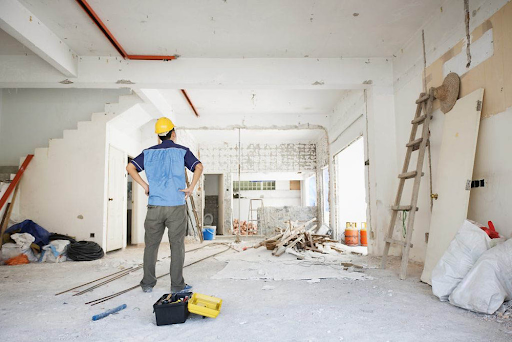
Renovation in architectural spaces, the smallest of all undertakings, may perform wonders for tiny rooms, rental residences, and private buildings with restrictions. Most property managers don’t object if the homeowner makes small interior design changes as long as the construction doesn’t disrupt the current structure.
If you are leasing the apartment, check with your local building lease contract, since some agreements stipulate that any addition and alterations (A&A Works) to the unit may result in the forfeit of the down payment. This provision is generally included by building management to discourage renters from damaging property or making large changes that will deter future tenants.
Swimming Pool
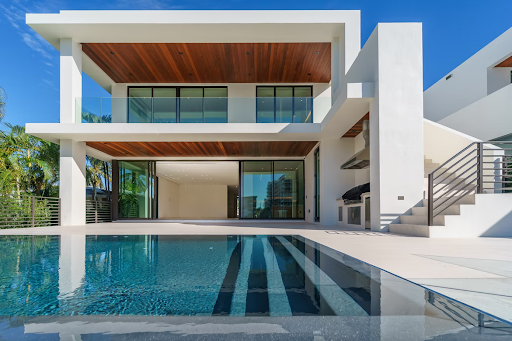
Landed properties with the room and capacity for a pool might want to have one built on the side of the structure. Swimming pool construction is designated as an A&A job since it does not influence the structural elements and integrity of the structure.
Condominiums may also choose to have a swimming pool built on the site once the building has been completed. To install a swimming pool to your home, you’ll need a landscape architect who’s knowledgeable with this sort of A&A job.
Backyard Ponds
Backyard ponds bring a sense of calm to any property. Aquatic critters such as koi, turtles, and frogs can live in garden ponds, or they can be kept deserted for a reduced care choice. Aside from the zen effect, garden ponds also create a healthy mix between urban and natural environments by providing beautiful sight against a city backdrop.
Some backyard ponds are designed for good luck or according to Feng Shui. If you’re building a garden pond with Feng Shui in mind, you may need to hire a Feng Shui specialist to consult with your contractor and choose the optimum placement for your backyard pond.
Verandas and Balconies
Property owners who want to add a touch of style and a little extra space to their houses may gain from getting a balcony or veranda built as an addition.
Porch and Garage
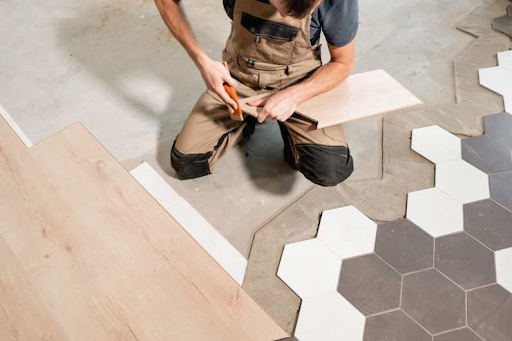
Building an expansion of the porch or designating room for a garage is done more for practical reasons than for aesthetic reasons, since these components give more room for important factors like façade and parking. An expansion of the porch is ideal for entertaining visitors and giving homeowners additional outside space.
As more Singaporeans begin to own vehicles, a garage is becoming increasingly important. A contractor must specify the required space needed for the specific automobile owned by the homeowner, if the garage will be built as an open air parking garage or a closed garage with air conditioning and a roof. The driveway space needs must also be considered by the constructor.
Attic
Landed homes in Singapore are scarce and costly due to the state’s small land mass. Even with a sufficient budget, single-story residences, known as bungalows, are difficult to get. As a result, homeowners may discover that building a mezzanine to their home provides them with more room and altitude.
A contractor would first analyze if the structure of the property can handle the construction process and gravity of an extra storey before installing an attic. Because A&A work cannot compromise a building’s structural integrity, creating an attic is only considered A&A if the work is minimal enough not to affect the foundation.
Note that attic building is famously costly since it necessitates the involvement of several parties to analyze, design, and implement the project. Because not all homes are physically solid enough to add another level, not all attic building projects are classed as A&A projects.
What are the Requirements for A&A?
The criteria for A&A work and construction vary depending on where you are in Singapore. Permission from the Building and Construction Authority (BCA, the Singapore Housing and Development Board (HDB), and/or the Urban Redevelopment Authority may be required (URA).
Your selected contractor should be aware of the permits required in your location, as well as the rules and regulations governing the construction project they will be working on for you. Other types of A&A projects, such as those involving fire safety and protection, will need inspections by fire marshals and other authorized parties.
Homeowners in condominiums or flats should consult with their building management to see what licenses and regulations they need to renovate their unit. Homeowners should also be aware of the needed budget for A&A projects, since the quote may vary based on the breadth and severity of the job.
The Procedure
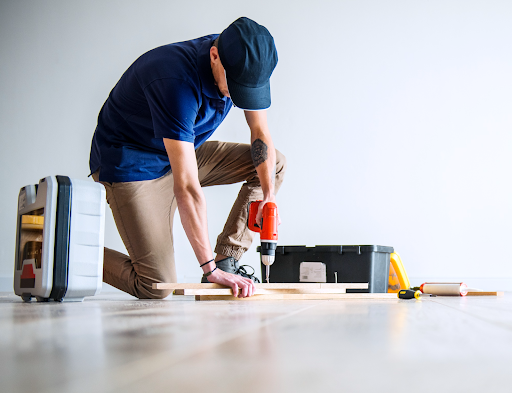
A full-stack contractor should be able to present the relevant paperwork for the customer to authorize A&A’s work. A registered architect, professional engineer, or other competent representative must fill out an electronic form and submit an application to SCDF no later than 21 days after the completion of a small A&A project.
Prior to construction, appropriate documentation must be filed to the BCA and the URA for A&A projects in conservation areas. Plans should explain the whole scope of remains to be undertaken, including the site, external walls, existing floor, plan details, electrical, fire, and plumbing layouts, as well as any additional parts required by local building authorities.
Concluding words
In comparison to empty or unbuilt properties, fully equipped residences are more convenient to acquire. Homeowners do not need to hire independent interior and exterior designers because furnished residences are ready to move into. Pre-furnished homes, on the other hand, might stifle innovation and make residents feel disconnected from their homes.
At some time during their stay, most, if not all, homeowners will customize their house in some way. Making changes to your house is always thrilling since it allows you to express yourself via your choices. A few tweaks like that can help transform your house into a home, and there are several methods to do it.
Last but not least, always ensure that your contractors and designers can match your expectations. After all, they will be the ones bringing your vision to life.
We hope you enjoyed reading this week’s article! For more articles related to home living and design, check out our blog! Looking to give your home a makeover? Contact us today for a free consultation!

